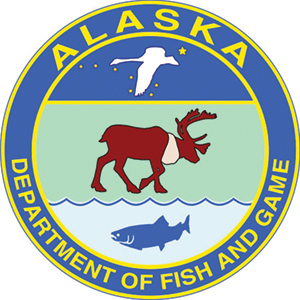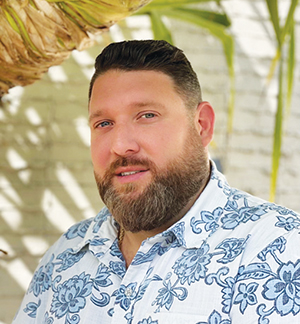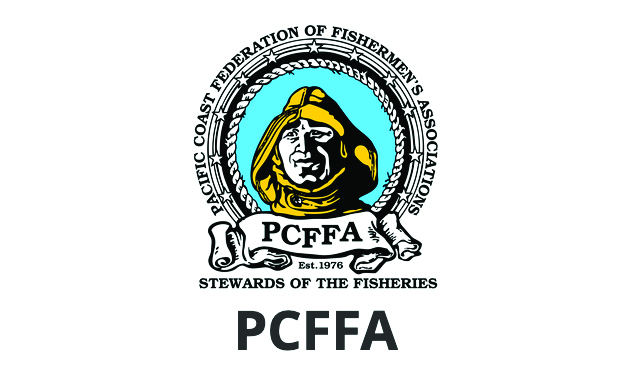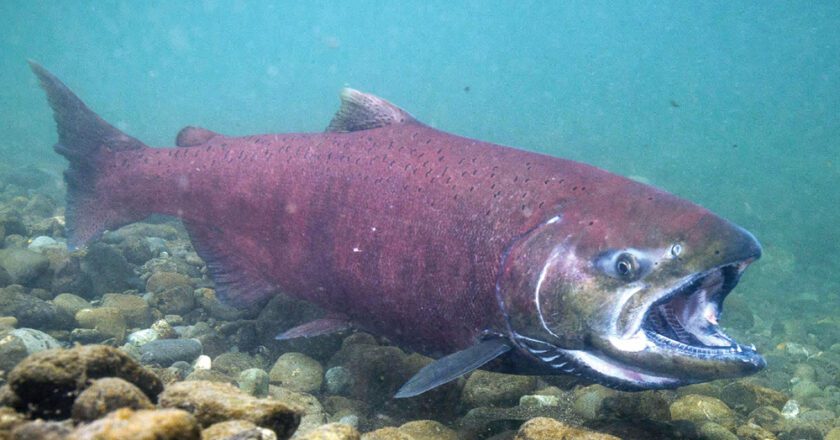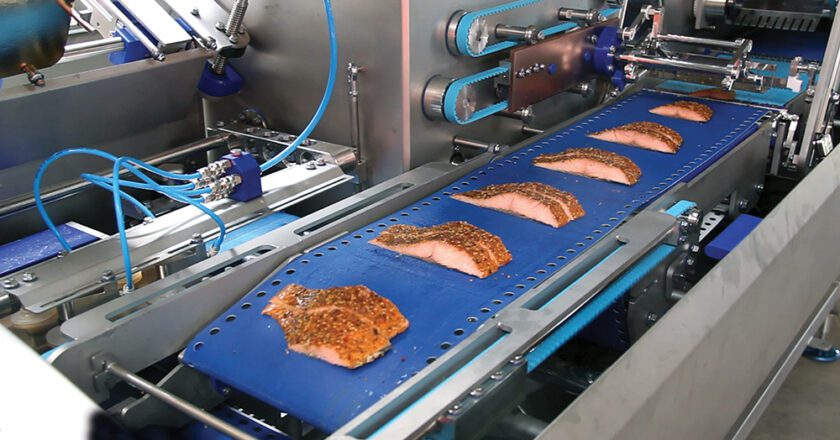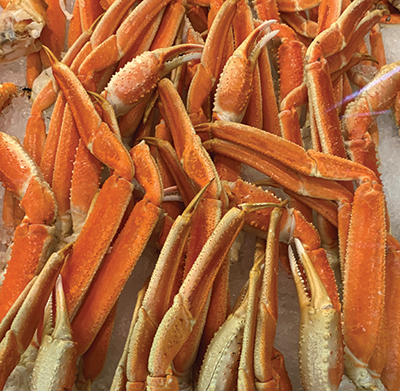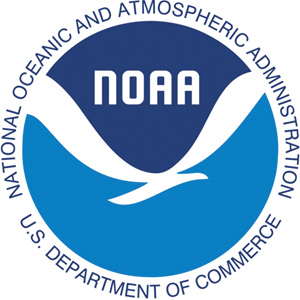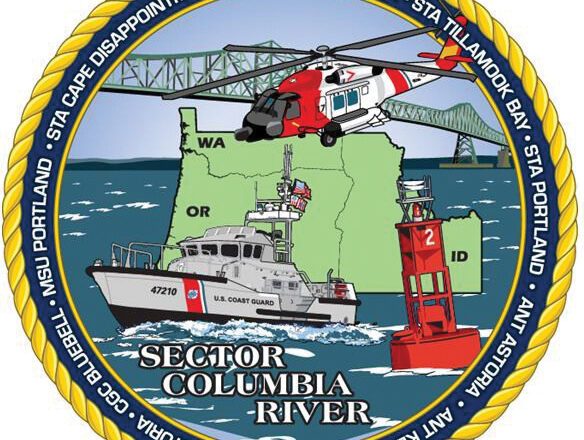New Alaska Board of Fisheries Executive Director Appointed
Fishing industry veteran Art Nelson, who spent years working in the public and private sector of Alaska’s commercial fisheries entities, was appointed as the executive director of the Alaska Board of Fisheries in mid-August.
Nelson fills the vacancy left when the board’s long time executive director, Glenn Haight, was named a commissioner for the Commercial Fisheries Entry Commission (CFEC). The CFEC controls entry into Alaska’s commercial fisheries, with a concentration on conservation and the economic health of that industry.
Nelson served on the Board of Fisheries from 2003 to 2007, including two years as board chair. He also has served as a public member of the Anchorage and Northern Norton Sound advisory committees.
Prior to being appointed as executive director of the Board of F...

